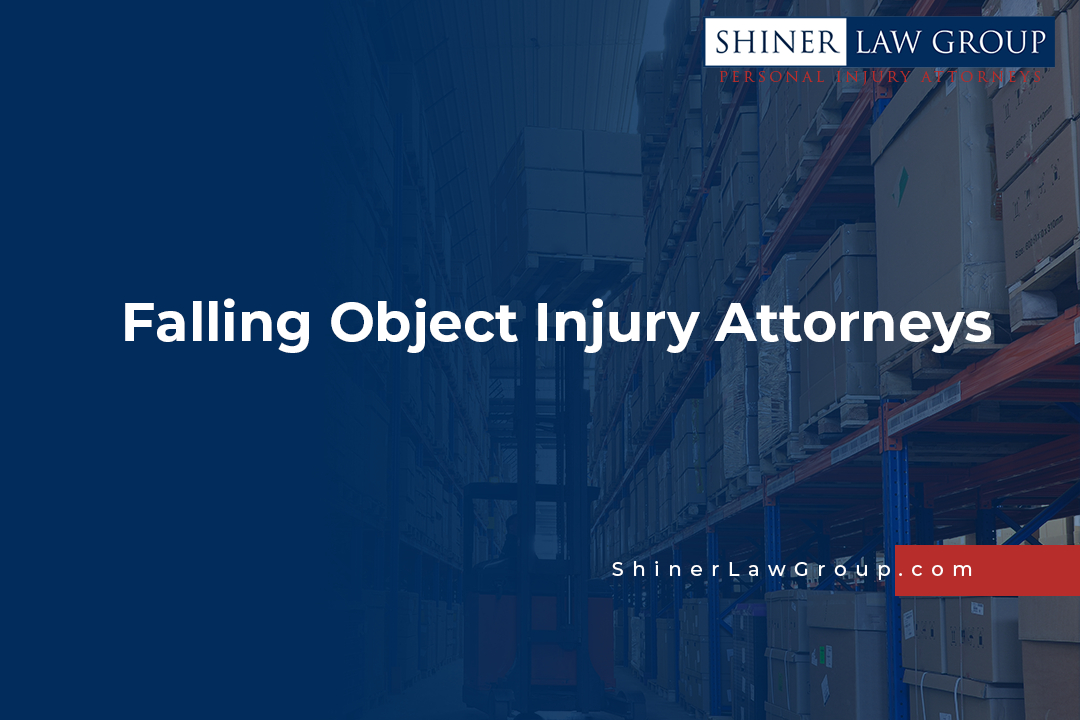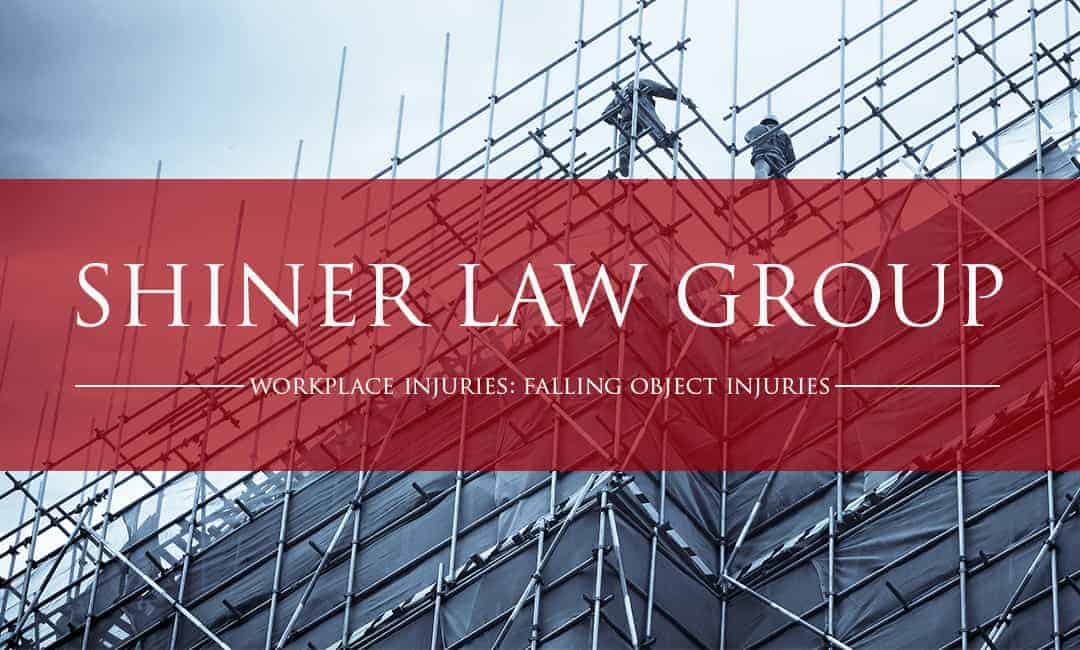For objects at height, the focus should always be on preventing them from falling instead of catching them or limiting the damage from their fall. Dropped objects have remained a problem for a long time and many people have written about them before. In fact, an article about dropped objects was published by the New York Times in 1903. It spoke on the placards posted for cautioning ironworkers about being extra careful while handling tools.
The problem of falling objects hasn’t been solved, which is why we’re still here talking about them. The OSHA reports that there are over 42,400 people struck by falling objects every year. According to these statistics, one injury results from a fallen object every ten minutes. Many of the falling object injuries can be prevented with proper safety equipment. However, many contractors don’t take proper safety precautions to prevent them.
Common Fallen Object Injuries
Most common injuries that people suffer from after getting hit by a dropped object include:
- Spinal cord injuries
- Head injuries such as concussions
- Loss or crushed limbs or extremities
- Traumatic brain injury

Where Are the Dangers?
Some risk areas for falling objects include:
- Drill floor or rig derricks
- Barges and vessels
- Forklift trucks
- Ladders
- Scaffolding
- Cranes
- Areas beneath lifting operations
- Portable or temporary equipment
- Elevated platforms or work areas
- Pipe racks
Why Fallen Object Injuries Occur?
In America, workers at height are required to be tied off and wear fall protection harness so that they don’t fall. However, nothing has been done to prevent bulky tools from falling as there’s a general expectation that objects won’t fall.
We frequently rely on toe boards, debris nets and personal protection equipment to catch them and limit the damage caused by falling objects. What authorities need to do is take measures for stopping objects from falling in the first place.
Fall Prevention for Tools
Working from heights isn’t natural for human beings. That is why workers wear fall protection harness that provides a connection point and prevents them from falling. In a similar vein, tools aren’t designed to be used at heights. That’s why there should be a connection point and fall protection harness for tools so that they don’t fall.
For a worker, a harness acts as the primary fall protection system. However, debris nets are mostly used for tools. A primary system is rarely deployed for equipment and tools. In the majority of organizations, there are fall protection programs for workers but there aren’t any drop prevention programs for equipment and tools. Fall protection programs should be expanded to include equipment and tools instead of creating a specific program to prevent falling object injuries.
The difference between fall protection systems for humans and drop prevention programs for tools is that the first saves the worker themselves while the second is designed to save others.
While those underneath are at greater risk of getting hit by a fallen object, the worker using it can also be at risk. Their reaction to go after the object or catch it could cause them to lose their balance and fall.
Using Fall Protection Gear for Equipment and Tools
There are a few simple rules one must follow when using fall protection system for tools. These include:
- Make sure that the attachment points, wristbands and lanyards allow the worker to use the equipment/tool without any interference.
- To help maintain the functionality of the tool, the worker shouldn’t modify it just to attach it properly. Products such as D-rings, quick spins and tool cinch attachment that can complement the functionality and design of tools without altering them should be used.
- Tools weighing more than five pounds should always be attached to an anchor point or fixed structure
OSHA requires people who work in environments where they are risk of getting hit by a fallen object to:
- Secure materials and tools to ensure that they don’t fall on people below
- Use screens on scaffolds or quadrilles to prevent falling tools
- Post warning signs and barricade areas where objects are likely to fall
- Use canopies, catch platforms or debris nets to deflect or catch falling objects
In the next five to ten years, OSHA will likely make it mandatory for all companies to tie off the tools when workers are using them at heights. Until the OSHA makes it mandatory, it is up to workers and companies to use the tools safely and tie them off.
Most of the times, company invest in safety only after something tragic occurs. Although most of the firms now recognize the hazards faced by workers at height, they also need to realize the importance of fall protection not just for people but for equipment and tools as well.
Workers’ Compensation for Falling Object Injuries
If you’re hit by a falling object while performing your work-related duties and suffer an injury, you may be entitled to workers’ compensation benefits. You should inform your employer as soon as possible so that they can file a workers’ compensation claim to cover your treatment and other expenses.

Getting Help for a Falling Object Injury
If the insurer of your employers balks at paying for medical treatment or rejects your claim, you should speak with an experienced workers’ compensation lawyer at the Shiner Law Group. We know how serious falling object injuries can be and the damage they can do to you. The last thing you want after getting hit by a fallen object is have your workers’ compensation claim denied. We’ll do our best to ensure that you’re given the compensation you’re entitled to.



